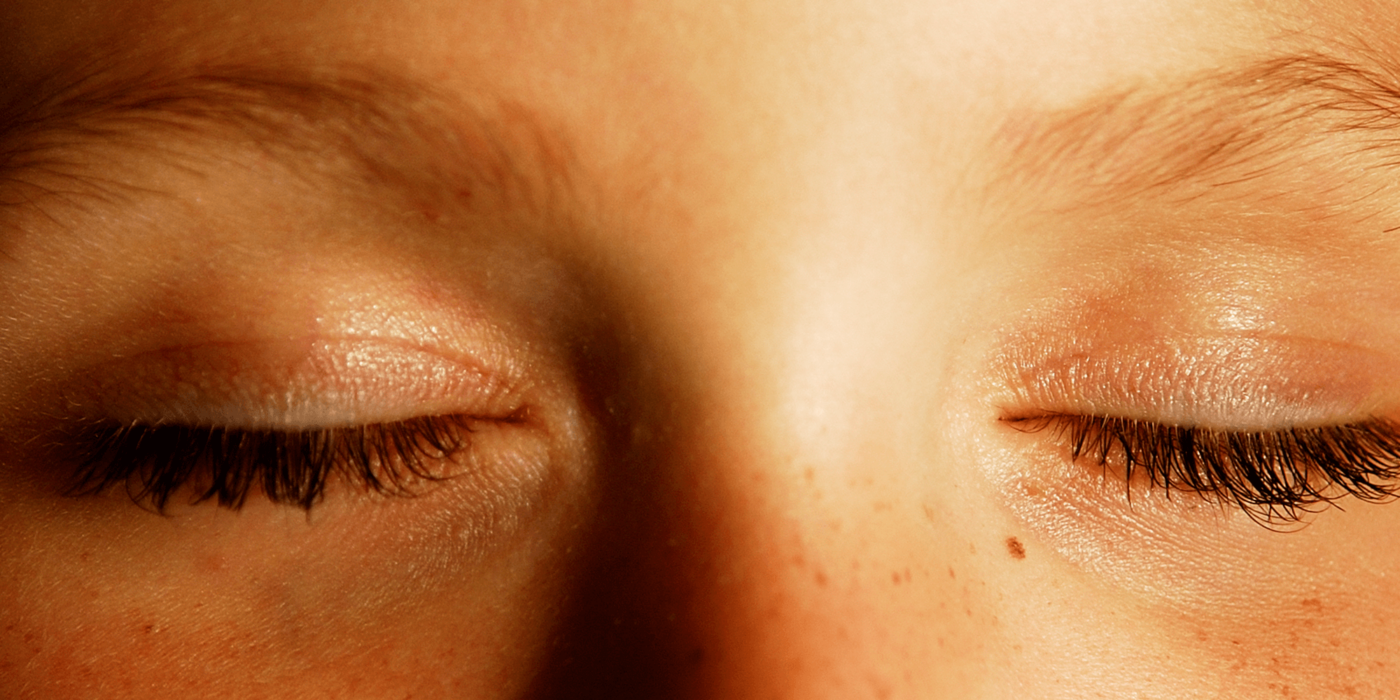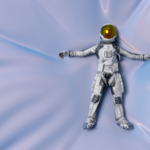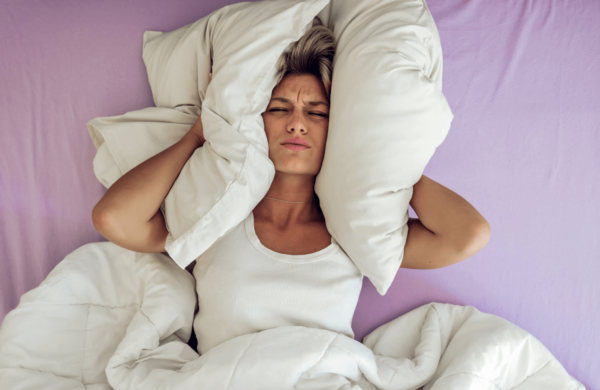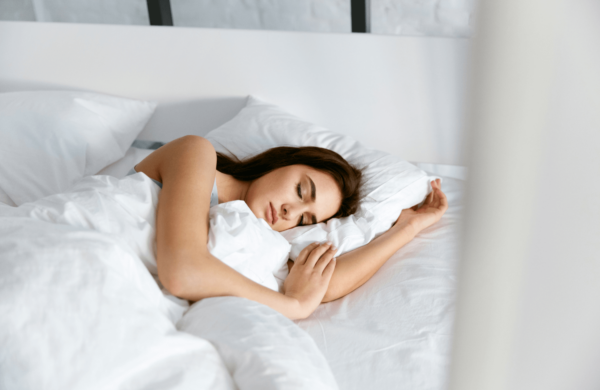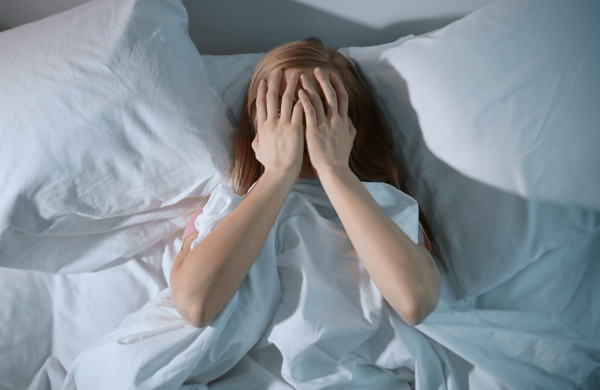Unraveling the Secrets of Sleep in Your Eyes: Eye Gunk Explained
Eye gunk, sleep crust, eye bogey, eye sleep, eye discharge.
There are many names for that strange build up you get in the corner of your eyes after sleeping or during the day.
It’s sticky, milky coloured and a bit gross but have you ever stopped to wonder what it actually is.
There are even different types of crust such as dog eye gunk and cat eye gunk, yes, your pets get it too.
Green eye gunk and yellow eye gunk. Optometrists would suggest if your eye crust were these colours that you might want to seek them out and get help.
Some people get loads and are constantly fishing it out. Women may get eye gunk mixed with eye makeup to make mascara goop, think Chandler and Rachel’s boss from Friends.
We have all at some point fallen victim to eye sleep. But what is it?!
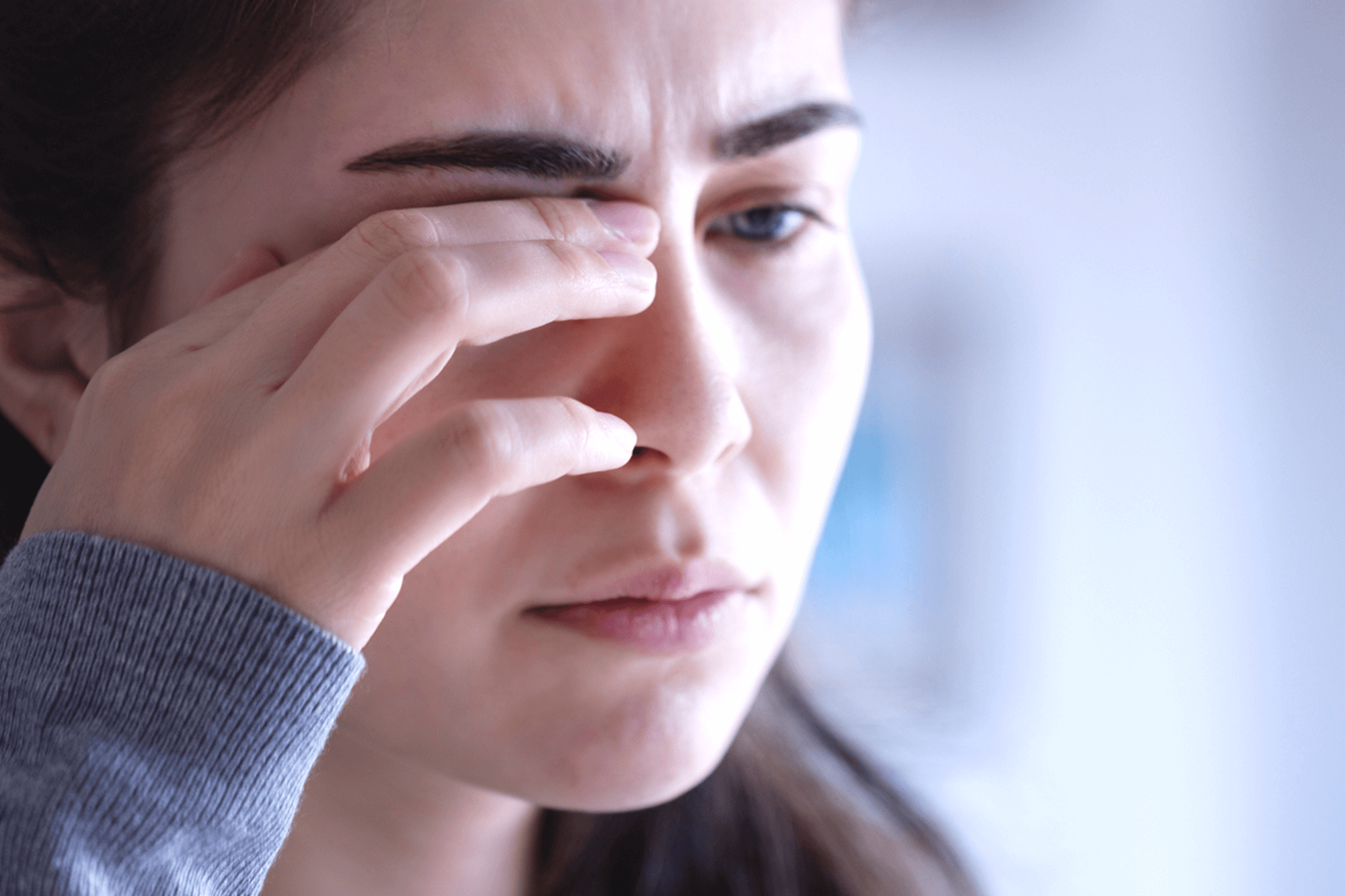
Where Does Eye Crust Come From?
We have a tear film across our eyes that keeps debris such as dust, skin and bacteria from reaching our eyeballs, and keeps our eyeballs hydrated at the same time. Of course, our eyelids help with this too.
But imagine that your eyelid is like a windscreen wiper, and it pushes any dirt and particles down and off the surface of a windscreen.
Your eyelids do this with debris sitting on the special film on your eye. They push it away from the eyeball to keep your vision crisp and your eyeball clean and uncontaminated.
This collection of debris is technically called rheum, which is nowhere near as fun as eye bogey but there you go.
Rheum is made up of hardened tear film mixed with other eye debris. During the day we blink this away usually, although for some people it can collect in the corners of the eye.
It is more common at night when there is less blinking and the rheums collect as sleep crust in the eye and eyelashes.

Is Eye Gunk Normal?
Eye gunk is completely normal. It is simply the waste product of a natural process your body performs to maintain good ocular health. Isn’t the human body amazing?
Excessive eye gunk, yellow eye gunk or green eye gunk, as mentioned before may be a sign something isn’t right.
Eye discharge may be more prevalent when you have an infection, such as conjunctivitis. In this instance it would be a good idea to visit a pharmacist or medical practitioner to ask about causes and treatment.
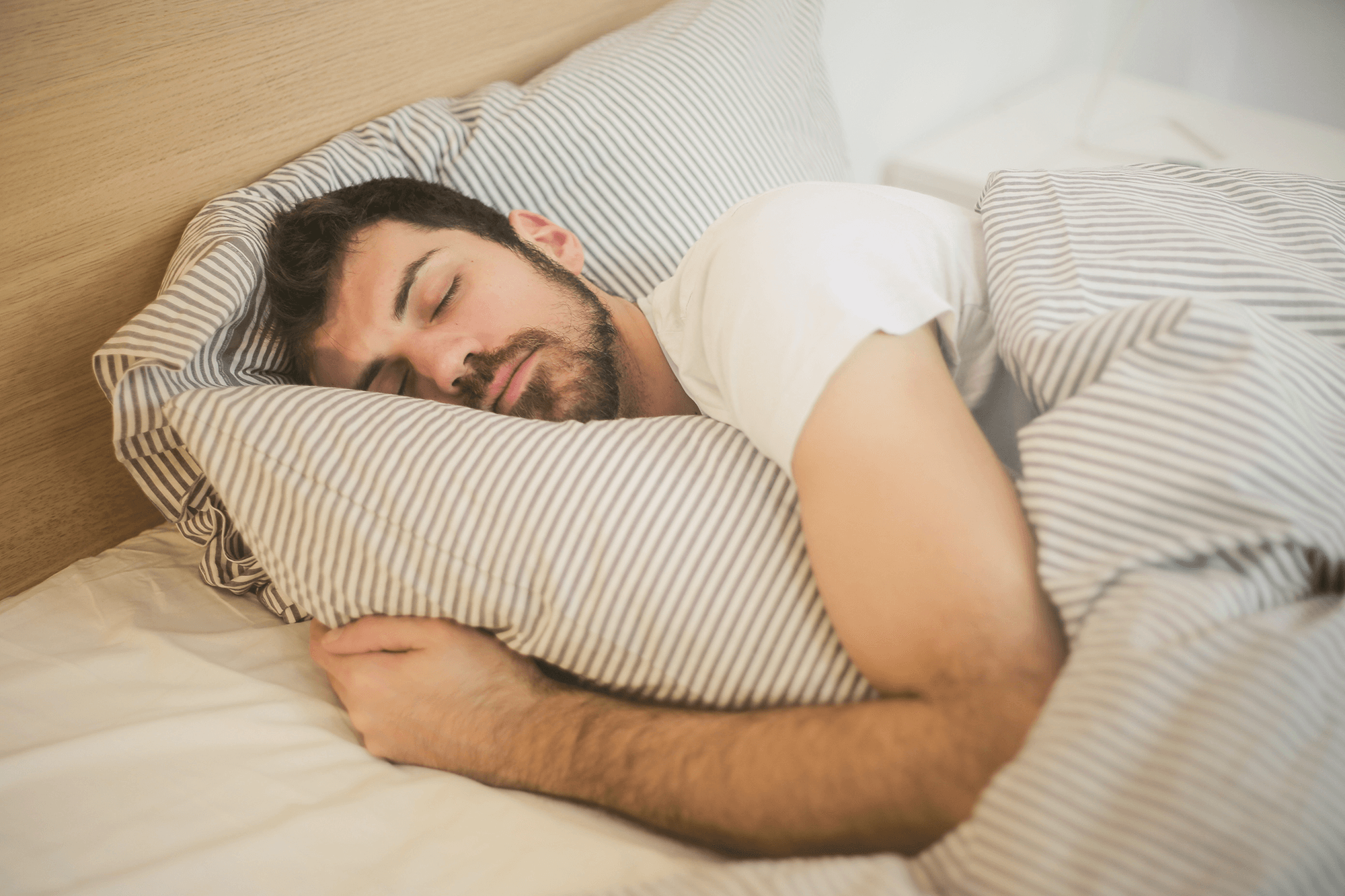
How to Get Rid of Eye Discharge?
It might seem the most normal thing in the world to scrape eye gunk out of your eyes when you wake up with your fingers or fingernails, but the professionals would strongly recommend you abstain from this.
Instead, they suggest washing your hands with hot water and soap when you get up as well as washing your face.
Then use a warm, clean flannel or cloth to gently rinse the sleep crust from your eyes. Once removed, wash your hands again to make sure that any residue is removed.
What a palaver.
You could just fish it out while you lie in bed semi-conscious, but you may risk scratching your eyelid, catching an eyeball or poking yourself in the eye. We’ve all done it.
Somewhere between option 1 and option 2 would probably suffice for most people.
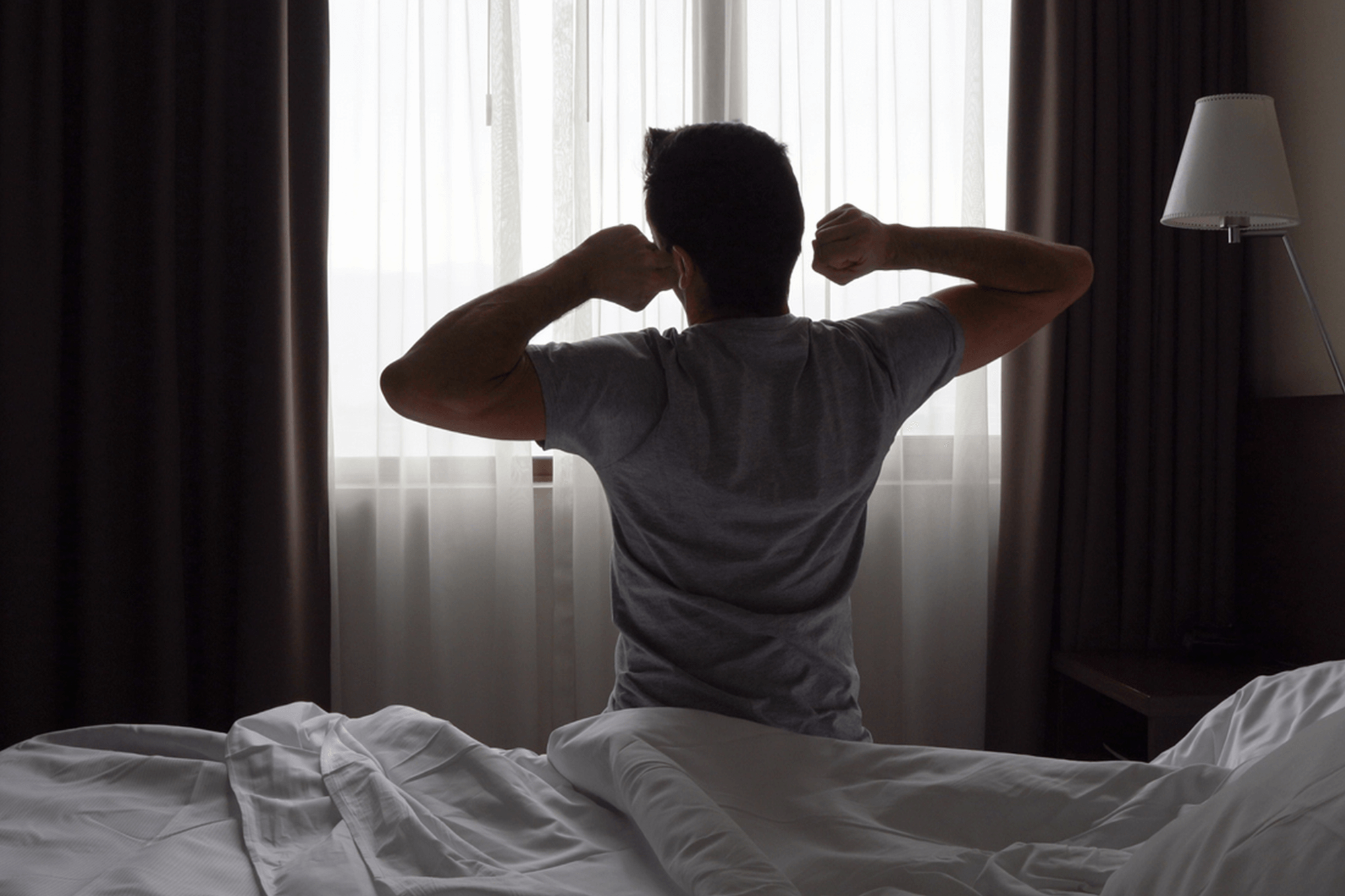
Does More Eye Crust Mean You’ve Slept Better?
Hmm we would suggest that not enough research has been carried out to conclusively prove that more eye gunk equals better sleep.
However. In theory, if you’ve had a decent night’s sleep, you haven’t woken up or been restless then it seems logical that you’d retain more crust in your eyes as you haven’t been awake or conscious enough to remove it.
Scientific proof is probably needed here but if you’d like to find out how to sleep better, check out our blog on how to fix your sleep schedule.

